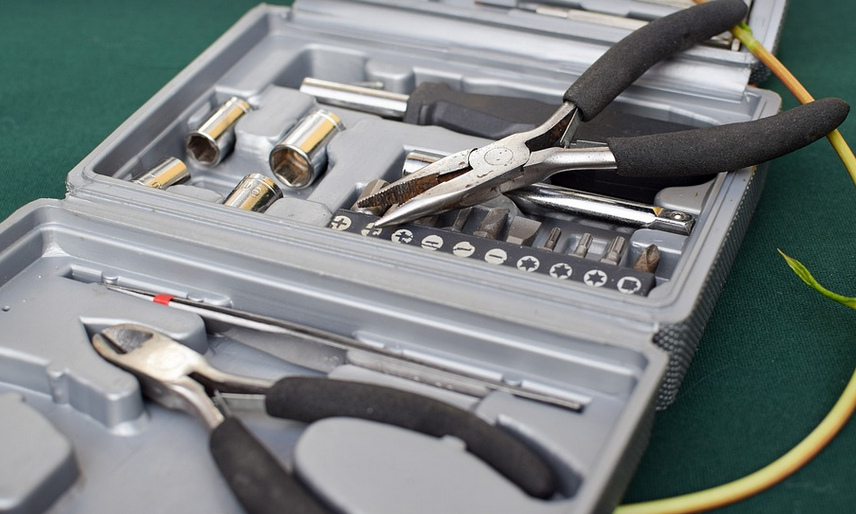Understanding the Importance of Expansion Joints
Expansion joints are crucial components of any concrete structure, particularly long and expansive ones like bridges or high-rise buildings. These joints act as safety valves for our concrete creations, preventing stress build-up and potential failures that could result from temperature changes, expansion, and contraction. Imagine it like this: concrete expands when it warms up, contracts when it cools down, just like your body! If we don’t allow for these movements, the stress can become unbearable. Expansion joints are essential not only for the structural integrity of concrete but also for ensuring longevity. Regular expansion joints act as “breathing holes” allowing concrete to expand and contract without putting undue strain on surrounding structures. This helps to prevent cracks and damage caused by thermal fluctuations. Imagine a tight fist, the pressure will build up until it pops! Expansion joints are like letting air into that fist so the stress can be released safely.
Step-by-Step Guide: Creating Expansion Joints in Your Concrete
Preparing for expansion joint installation is just as important as the installation itself. Proper planning and execution ensure a smooth, safe, and long-lasting structure.
Here’s how to create your expansion joints:
1. **Plan and Design:** Before you even lay down a single brick or pour of concrete, you need to plan and design the expansion joints. This involves determining the optimal location, size, and depth of the joints based on factors such as anticipated load, temperature variations, and overall structure requirements.
2. **Choose Your Joint Type:**
There are different types of expansion joints to choose from, depending on your specific needs:
- “Continuous” Joints: These are the standard type, usually formed by pouring concrete in sections with gaps between them. This allows for a more natural movement pattern as the building expands and contracts.
- “Split” or “Pre-formed” Joints: These joints are pre-fabricated using materials like steel, wood, or even flexible rubber strips. These provide a faster installation process and can be easily adjusted to fit different sizes and shapes.
3. **Laying the Foundation:**
Before you start pouring concrete, make sure your foundation is level and ready for expansion. This ensures that the joints will function properly and prevent any unwanted movement or warping of the structure.
4. **Concrete Pouring and Setting:**
After preparing the foundation, you can now begin pouring concrete. Carefully measure and pour the concrete in sections with gaps between each section to allow for expansion and contraction. Ensure proper mixing, compaction, and curing of the concrete to maximize its strength and durability.
5. **Setting Expansion Joints:**
Once the concrete has set, it’s time to install your chosen type of joint. For continuous joints, use a suitable tool to create a controlled gap between the poured sections, while split or pre-formed joints can be placed directly into the wet concrete using specific tools and techniques.
6. **Finishing Touches:**
Finally, apply any finishing touches, such as covering the joints with a smooth layer of grout or sealant to prevent water infiltration and enhance longevity. Make sure to follow manufacturer recommendations for the specific type of joint you’ve chosen.
Tips for Success: A Few Extra Things to Keep in Mind
Creating expansion joints can be tricky, so it’s vital to remember some key tips for success:
1. **Plan and Measure Precisely:** Before you start pouring concrete, measure your structure carefully. This ensures accurate placement of the expansion joints, minimizing the risk of issues like misalignment or uneven contraction.
2. **Consider Environmental Factors:** Be mindful of environmental factors such as temperature changes and exposure to sunlight. These can impact the rate of expansion and contraction, requiring adjustments to your initial calculations or design.
3. **Use Quality Materials:** Invest in quality concrete and joint materials for long-term stability and performance. High-grade materials will ensure a stronger, more durable structure that stands up to wear and tear over time.
4. **Maintain Your Joints:** Regularly inspect your expansion joints for any signs of damage or deterioration, such as cracks, warping, or leaks. Fixing these issues promptly helps maintain the stability and longevity of your structure.
Remember, investing time in planning and execution is key to a successful project. By following these steps, you can ensure that your concrete structure incorporates expansion joints for optimal performance, durability, and safety.
